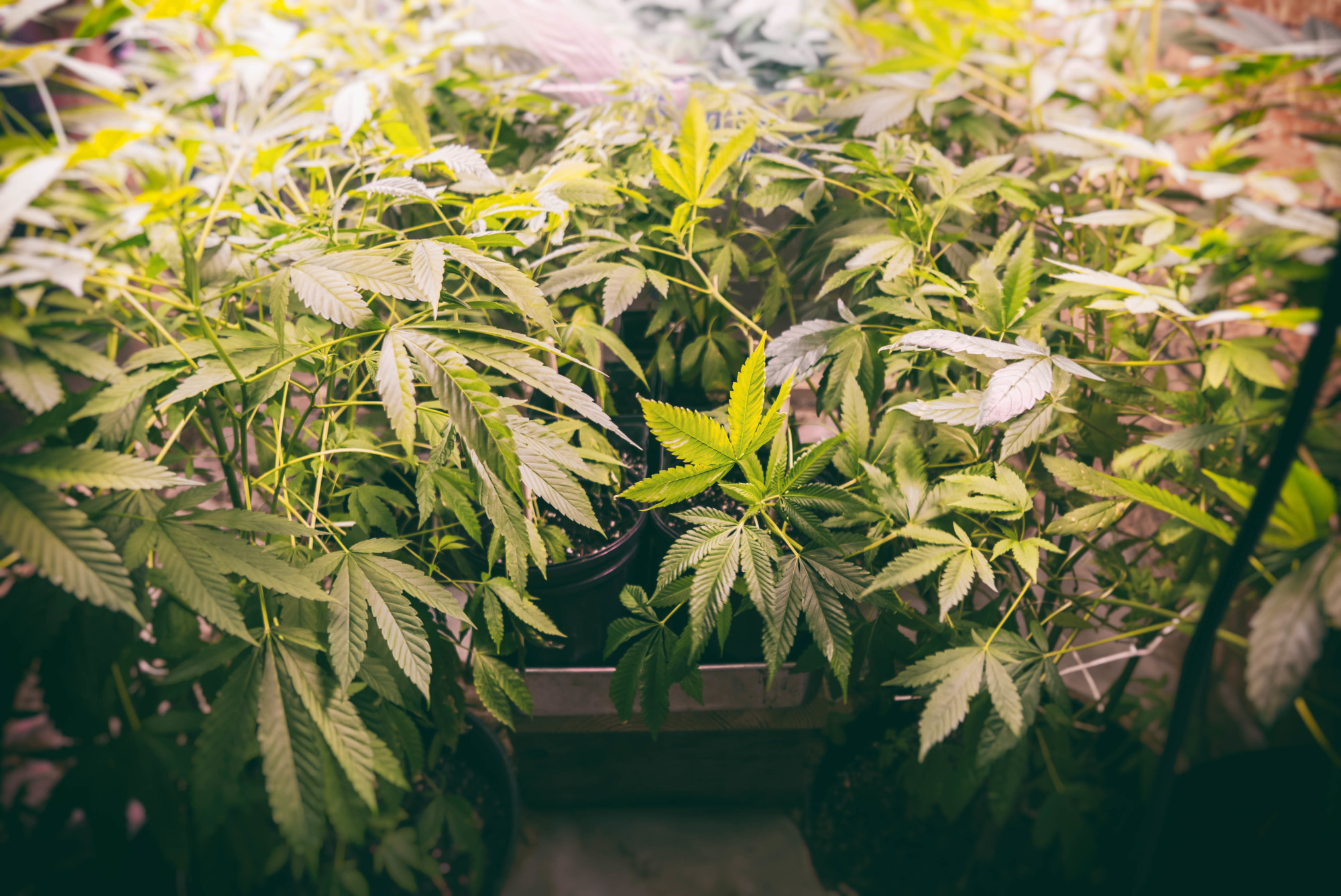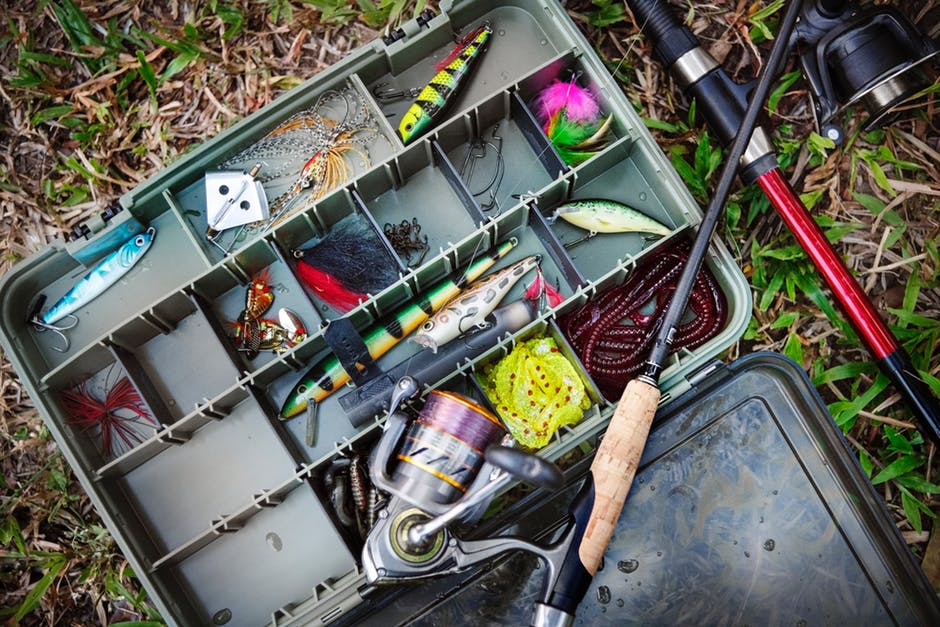
Just over a decade ago, public perception surrounding marijuana was largely negative. However, times have changed, and the way that Americans view recreational drugs has changed as well.
Today, 91% of Americans feel that marijuana should be legal. In response, dozens of states around the country have made the drug legal — some for medicinal use and many for recreational use. Because of those changes, many people are now thinking about growing weed themselves.
However, it’s harder than many people realize to grow weed at home. To help make the process as easy as possible, we’ve put together this guide.
Read on to learn more.
Check Your State Laws
As mentioned, many states around the country have legalized recreational marijuana. That said, others still have strict laws in place, some of which even prohibit marijuana use for medicinal purposes.
That’s why before you start growing weed at home, it’s essential to double-check your state’s laws.
As of this moment, 24 states around the country allow you to grow your own weed. However, only 11 of those states allow you to grow marijuana for recreational purposes; the others require it to be medicinal.
Likewise, even if your state has legalized growing recreational marijuana, many states limit how much you can grow. In Alaska, for example, you can only grow up to 12 plants on your property.
Again, make sure to check your state’s regulations to ensure that you don’t break any laws.
Set up the Space
Once you’re certain that home grown cannabis is legal, your next step is to set up the growing space. While it’s a good idea to start small, marijuana plants require more room than many people realize. They also smell, so place them by a window or an area with ventilation.
Many people buy tents for growing weed, but those aren’t strictly necessary. Just make sure that the space you end up choosing has access to water, light, airflow, and the other things mentioned below.
Every growing space ends up looking a bit different, so consider that when reading growing guides and tutorials.
Set the Temperature
Like any plant, cannabis requires a specific set of climate parameters to look its best. Try to choose a cool, dry place that gives you access to fresh air from outside.
If you’re growing marijuana in your basement, you might need to run a dehumidifier to soak some of the excess moisture out of the air. You might also need a heater to keep the plants from getting too cold.
On the other hand, if you’re growing your plants in a space that heats up, you might need fans or even an air conditioner to keep temperature levels cool.
Invest in Growing Lights
If you’re growing weed outside, you don’t have to worry about lights, as the sun and the seasons help regulate your plants. However, light is something you’ll need to consider when growing plants indoors.
When it’s in a vegetative state, cannabis needs 18 hours of light throughout the day. Once it starts to flower, it needs 12 hours.
Make sure that wherever you grow your plants is light-tight. You need to be able to give your plants the light they need, then ensure that excess light doesn’t leak through. If that happens, it can confuse your plants and lead to less than ideal results.
Choose the Right Soil and Containers
While you can grow weed in several different mediums, soil is the most beginner-friendly, as well as the most traditional. However, you can’t just head to your local gardening store and buy any soil — cannabis requires a specific type for the plants to thrive.
Try to buy pre-fertilized soil that comes with the ingredients your plants need. You’ll want it to have a healthy population of soil bacteria and mycorrhizae.
The containers you buy end up depending on the growing medium you choose. If you go with soil, traditional containers can work, but you can also find smart containers that improve airflow.
Add Water and Nutrients
As your plants mature, you can get away with checking them every two or three days. However, they require a lot of love and care when they’re young.
Stick to a schedule when it comes to watering; over-watering is one of the most common beginner errors. Check the pH of your plants when watering to see if you need to adjust it up or down.
You don’t have to add nutrients each time you water, but you might have to every other time. Again, track all of this to ensure you don’t give your plants too much of a particular thing!
Be Vigilant
When growing cannabis (and any plant), vigilance is essential. You can take the best care possible of your plants, but if an infestation of spider mites comes in, it’ll all be for nothing.
Make a point to examine the tops and undersides of leaves from time to time. Look for signs of pets, discoloration, or anything that seems out of the ordinary. If there is a problem, you want to snip it before it manifests into something worse.
Learn more about how you can test the quality of your cannabis here!
Understand How to Grow Weed at Home
It might sound difficult to grow weed at home, but the reality is that it’s easier to do than you might realize. Use this guide to help you understand how to bring home grown cannabis into your life.
Are you looking to learn about marijuana use? If you are, make sure to check out the rest of our site for more great content.





